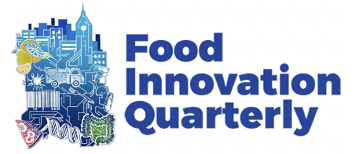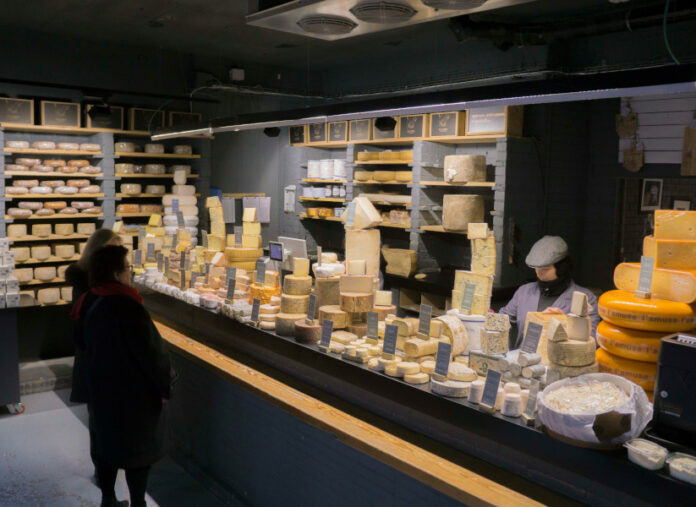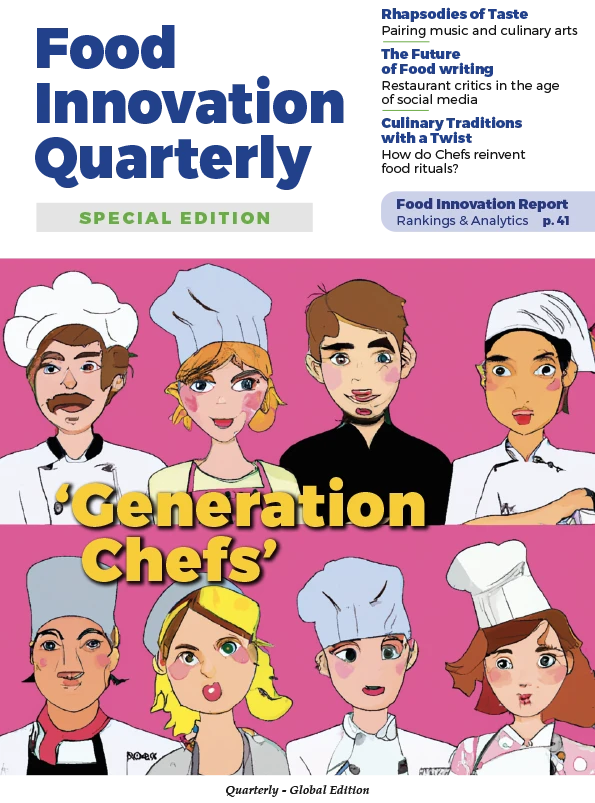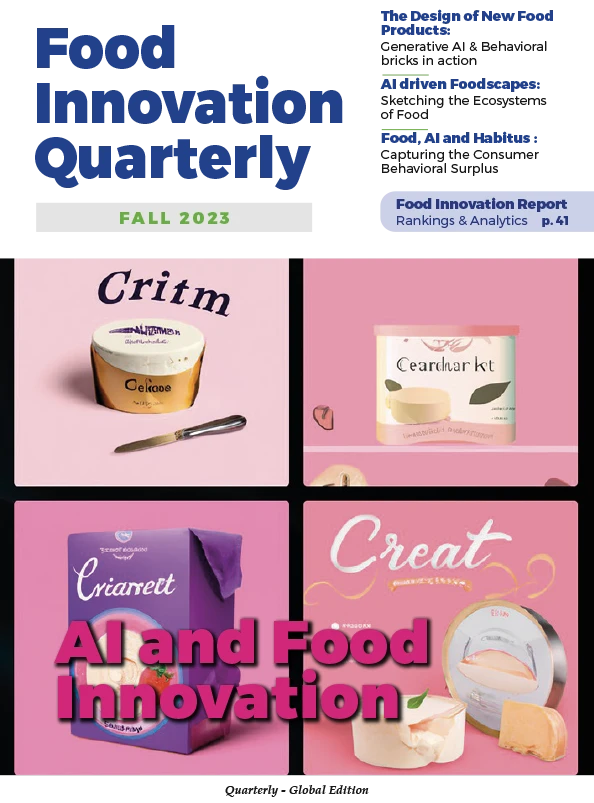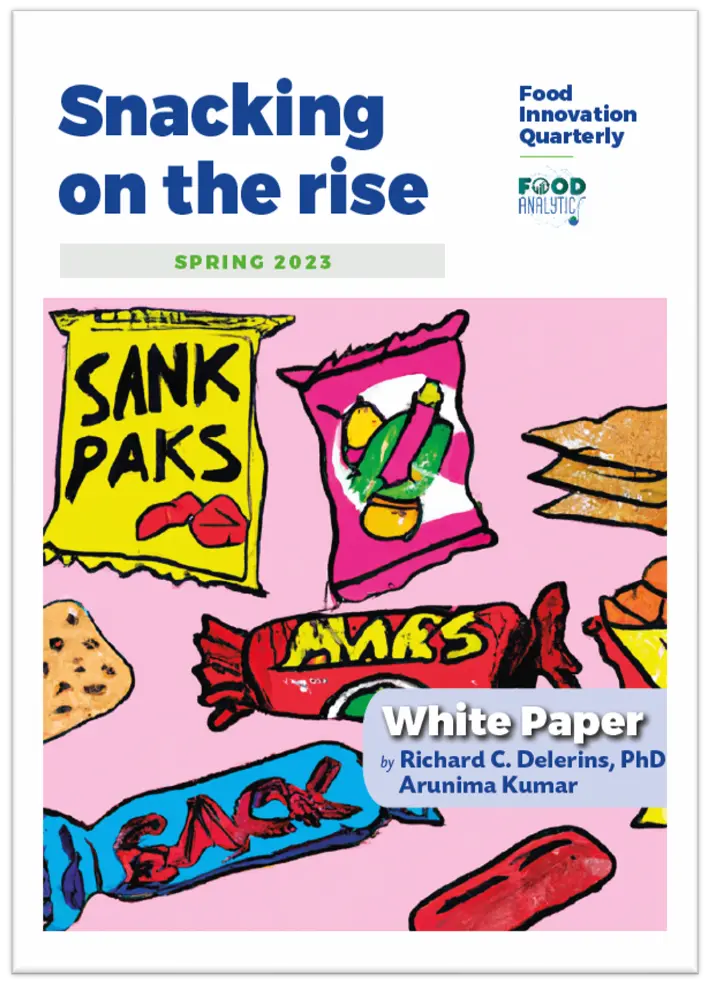My relationship with cheese is as longstanding as my connection with other traditional products from the region where I grew up, such as chorizo, morcilla, fried tomato sauce, ham, bread, and almond pastries. The cheese of my childhood was generally made from sheep’s milk, firm and hard, with very characteristic aromatic profiles. A slight to intense spiciness stood out in these cheeses, depending on how long each piece has been aged.
In fact, I fondly remember waiting with my siblings for our mother to come home from work, hoping she had brought back cheeses from Serrada – those nearly 3 kg wheels, aged for a year that emitted a fragrance that still captivates me today. That crumbly and grainy texture, with an accentuated earthy, toasted aroma, and an intense, spicy flavor, made our meals thoroughly enjoyable. It’s a memory seared into my mind that even now, it still gives me chills.
These cheeses are still highly valued in my region by a good portion of population, mainly in rural areas. However, this is not the case in other parts of the country, where palates are not accustomed to these cheeses.
I often encounter a similar situation when I visit other places. Traditional Asturian cheeses, like Casín or Afuega’l Pitu, are well-regarded in Asturias but little known and scarcely consumed outside of it. Portuguese cheeses from Beira Baixa, such as Amarelo, Castelo Branco, and especially Picante, are coveted in the traditional production area but not widely accepted elsewhere. The same can be said for French cheeses like Cantal or Bleu de Termignon, Italian Casu Marzu, or Polish Oscypek.
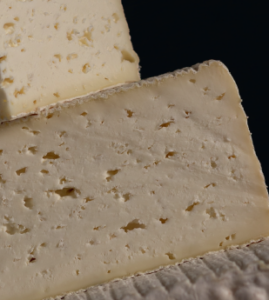
Castellana and Assaf sheep’s milk cheese in Ramiro (Valladolid) by Granja Cantagrullas.
I believe that cheeses with more personality, those with greater character and typicity, are not universal. In cheese, as with other foods, the acceptance of intense flavors, such as marked acidity or notable spiciness, can vary depending on several factors, including food culture, personal taste, perception and preferences, gastronomic experiences, prior exposure to those flavors, and palate education.
I have noticed, when traveling with my cheeses to different countries in Latin America or Asia, how they elicit diverse reactions from those who taste them which in many cases are extreme reactions. The same happens when those who accompany me from Spain on these trips taste traditional cheeses from different places.
In any case, I have the impression that it is generally older people who still tolerate and appreciate ancestral cheeses. I think there are at least two aspects to consider when analyzing this trend. Although seemingly contradictory, they help us understand the current situation of cheese consumption in our country and offer a glimpse into the near future of cheese in Spain.
On one hand, I think it is relevant to highlight the evolution of the palate in contemporary societies, especially in large urban centers that are the main consumption areas. On the other hand, we must consider the recent and significant transformation of the food production industry, particularly cheese production.
The evolution of the Spanish palate in recent years has been remarkable, influenced by a series of social, cultural, and economic factors. There is a greater interest in gastronomy and a diversification of the diet. People now emphasize the quality and origin of products, show greater concern for health, and value more culinary tradition.
At the same time, there is enormous exposure to multiple culinary approaches, techniques, and perspectives, as it is possible to find different world cuisines in many cities. In short, there is a greater openness to new gastronomic experiences, but also a strong attachment to culinary tradition and the values of traditional cuisine. All this is heavily influenced by a widespread of the professionalization and industrialization of food production processes.
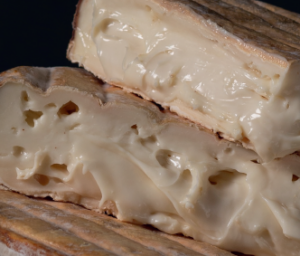
Since the 1950s, especially in the last 30 or 40 years, the cheese industry has undergone significant evolution, transformed completely. In just a few years, Spain has moved from making cheese in cabins or home kitchens, always with limited means and precariously, to producing milk in larger spaces with professional infrastructure and equipment.
There has also been a transformation in production techniques, with innovation and refinement in manufacturing methods. These changes have led to a different scenario, both in terms of food safety, the diversity and complexity of the available cheeses in commercial areas.
If we delve deeper into the transformations in the cheese industry, we must highlight the significant advancements in cheese technology, which have allowed producers to have greater control over the production process. From controlling fermentation to using modern equipment for milk treatment and analysis, technology has helped improve the quality and consistency of cheeses.
We must also note that research in cheese technology has advanced considerably, providing cheese producers with a better understanding of the microbiological and chemical processes that occur during the making and aging of cheese. This has led to the implementation of more precise and efficient practices in managing fermentation, stabilization, and aging of cheeses.
The development of extensive knowledge in cheese technology and the widespread use of various tools in cheese making and aging have led to a paradigm shift in production and the societal impact of cheese. I perceive that, alongside the significant industrialization of cheese production, there is an emerging trend, especially among small producers focused on making quality cheeses, to advocate for minimal intervention. This has resulted in a commitment to small herds, a growing interest in native breeds, a return to traditional management systems based on extensive practices, and an effort to produce high-quality milk.

This approach is often associated with an interest and concern for environmental issues. Therefore, many farmers and cheesemakers are opting for organic and biodynamic agriculture and livestock. They are also adopting measures and practices that help reduce water and energy consumption. Projects in this vein often have a marked innovative character. Cheesemakers are experimenting with a wide variety of styles and techniques to offer a greater diversity of cheeses to the market. This includes making cheeses with different technologies, forms, and aging duration.
In summary, the evolution of cheese over the last 70 years has been marked by refinement in production methods, driven by technological advances, research in cheese technology, and especially large-scale production in a small number of processing plants. When food became an industry in the 19th century, as J.M. Mullet notes in We Eat What We Are, it reached the cheese sector in Spain by the mid-20th century.
At the same time, we see an emerging focus and interest in quality cheese production, sustainability of processes, diversification, and experimentation in production. These changes have had two main effects. On one hand, they have flooded commercial centers with industrial cheeses characterized by regularity, stability, texture, and long shelf lives (long expiration dates). On the other hand, they have enabled a part of the productive fabric, consisting of small factories, to have greater control over all processes and offer quality cheeses with distinctive character.
Advances in industrial processes and the new cheeses available to consumers have notably influenced the evolution of society’s palate. It also happens that these new tastes create a demand for novel products, leading the industry to a dynamic of continuous renewal and innovation. This self-reinforcing cycle is creating a new scenario in which the value chain grows and becomes more professional, and ancestral cheeses risk losing prominence and market space.
I observe with admiration a fact that seems paradoxical and contradictory. We have a consumer society open to novel experiences, eager to discover new flavors and have different gastronomic experiences. Today, many of us have access to world cuisines and can easily try foods and dishes from many regions and countries. We appear ready to discover new textures, smells, aromas, recipes, and techniques.
However, we do not have a broad tolerance threshold for intensity. When we approach foods with more personality or character, things often do not go well. Strongly acidic or bitter flavors are not usually well-received, and intense, very spicy, or unusual flavors often cause some rejection.
It is precisely in this scenario that my wife, Asela, and I decided to start a small cheese dairy project in 2011. A business conceived on a small scale to process the milk production of our family’s sheep herd comfortably and reliably.
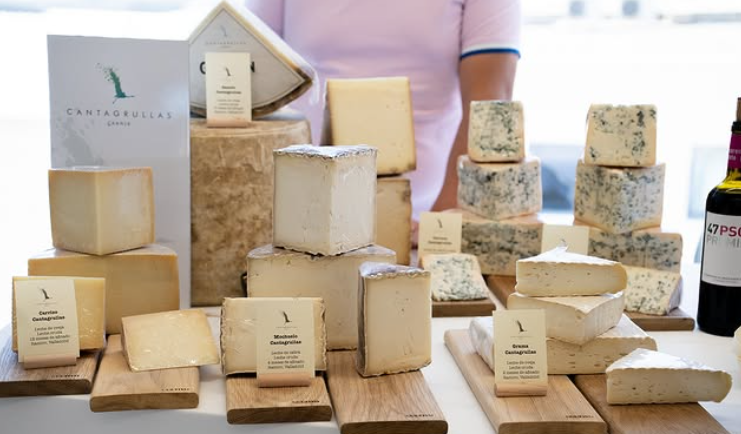
This small, family-run operation would enhance the value of the milk from the native breed of sheep, the Castilian breed, which my sister and brother in-law managed, with the aim of making a unique cheese that would clearly express our way of understanding the countryside and food production. The values on which Granja Cantagrullas was founded were raw milk, technological diversity, and the appreciation of the native flora of the milk and the aging space.
The inspiration for our project came from our experience in Brittany. For a year, we had the opportunity to visit numerous farms and dairies in the Ille-et-Vilaine department. However, it was three particular projects that most influenced us and helped shape our own. The generosity of those families, their way of life, and their craftsmanship helped us immerse ourselves in a world that we found fascinating.
Patrick Poirier, at his Moulin Briant in Corps-Nuds, made fresh lactic cheeses with different types of aging from the raw milk of his Alpine goats. He had acid-coagulated cheeses that he aged for up to two years, buried in ash in large clay jars, which obtained from the combustion of oak wood in his home stove.
Louis and Jocelyne Lorant, at Moulin de Liffré, made yogurt and several raw milk cheeses from the milk of their Lacaune sheep herd. I remember their fresh aromatic lactic cheeses and their tommes aged for two to three months on wooden boards.
Roland Lécrivain, at his farm in Combourtillé, made an extraordinary range of fresh products from the milk of his formidable Froment de Léon cow herd: fromage blanc, crème fraîche, faisselle, gwell (also known as gros lait), baked rice pudding, and butter.
All these projects had several things in common. They were family-run, small-scale projects, all had their own livestock and favored native breeds with semi-extensive management systems and environmentally friendly farming practices. They offered a wide range of fresh products complemented by aged cheeses and had established a dense and solid local marketing network. They managed to sell their products through a sales point on their farm and at weekly markets in neighboring towns. Their products were highly valued and sought after in the area.
Although aware of the different territorial contexts, as the center of the Duero River basin in Castilla y León is not similar to the eastern part of Brittany, neither from a landscape nor a socio-economic perspective, we thought a quality dairy production project with a business model similar to those we had seen could fit.
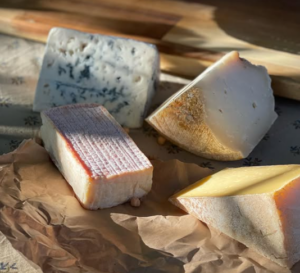
The project was born with a strong identity mark: innovation, through the fusion of tradition and modernity on the same farm. The starting point was a herd of Castilian sheep, managed as it had been for generations, making the most of the available natural resources. A way of doing things that had been forged over several generations.
Using raw milk from this free-range herd, we created a catalog of novel products unknown in the area until then, such as fromage blanc, fresh and aged lactic cheeses, tomme-type cheeses, and soft cheeses. This technological diversity resulted in extraordinary complexity in organizing work in the dairy and planning different productions. At the same time, it became the best introduction for a market always eager to learn about new projects and products.
These cheeses generated a lot of interest among a large part of the region’s population, but they did not achieve a solid foothold in any establishments in nearby cities. The lack of product turnover and low sales made it difficult for us to continue focusing on boosting the local market.
These circumstances forced us to expand the territorial scope of our marketing but also to diversify our marketing channels. This strategy is common among many small producers who cannot sell their products locally. This situation complicates the project structure and work processes. The absence of a specialized distribution network for cheeses, especially artisanal cheeses, posed and continues to pose a significant challenge for producers.
Contact and relationships with other small-scale cheese projects that have committed to developing quality cheeses, whether by recovering ancestral recipes or creating new ones, have allowed us to gain a quick and objective understanding of the cheese market in Spain.
A limited cheese culture, low annual per capita consumption, a thin value chain, and the limited specialization of each link are some of the factors companies must consider when designing their marketing, distribution, and pricing policies. Small cheese makers who cannot enter the large distribution channel for various reasons must be creative in finding marketing channels that value their work and can achieve the necessary sales rotation.
In this context, we decided to launch a new project, Quesería Cultivo. Initially conceived as a counter for cheeses from small cheese dairies across the country and affineurs from different European regions, the success of this cheese sales model was replicated by other entrepreneurs in several cities. This helped us set up a warehouse from which we began wholesale distribution. This warehouse also facilitated work with restaurants nationwide.
Today, Quesería Cultivo has three stores in Madrid and a warehouse that handles national wholesale distribution and exports, allowing cheeses from about thirty small Spanish dairies to be available in stores and restaurants in Hong Kong, Tokyo, Qatar, Dubai, London, Edinburgh, Paris, Berlin, Rome, and various cities in the United States.
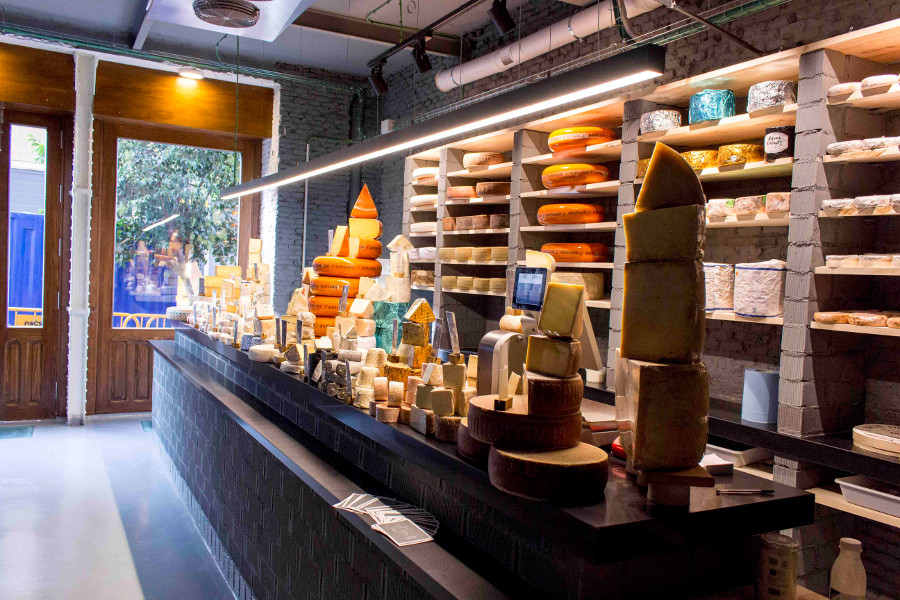
While many generalist food and beverage distribution companies in Spain are trying to update their catalogs and incorporate more special and unique cheeses, their lack of product knowledge and resources makes this a long journey. Thus, exportation emerges as a real solution to the marketing problem for small cheese dairies, as seen in other sectors like wine.
If the challenge of international trade is approached collectively, especially by dairies lacking experience or financial resources to undertake this work, or whose cheeses are delicate and cannot be marketed in large quantities, it is highly beneficial for both producers and customers. A portfolio of artisanal Spanish cheeses generates tremendous interest and constitutes one of the most attractive and exciting cheese offerings in the European cheese landscape.
We face an exciting and motivating challenge in Spain: to value both traditional cheese production and new signature cheeses. Safeguarding the past by protecting ancestral know-how while shaping the future of cheese in Spain is crucial to preserving cheese traditions while promoting innovation and sustainability.
Preserving traditional techniques is fundamental. Keeping Spain’s rich cheese heritage alive by maintaining traditional cheese-making methods passed down through generations is the way to preserve the palette of identity cheeses. This involves supporting local producers who continue to use artisanal methods and adhere to the principles defended by the different protected designations of origin (DPO).
However, to guarantee the authenticity and quality of traditional cheeses, it is essential to invest in producer training. Promoting training in the cheese sector is crucial to professionalizing it, including training programs for artisanal cheese makers and courses on cheese technology.
Fostering synergies between tradition and modernity is a fundamental strategy in promoting the cheese sector in Spain. Tradition and modernity are not antagonistic or incompatible; creating synergies between them is essential. This may involve incorporating modern technologies in cheese production to improve efficiency and quality while maintaining the traditional values and techniques that make Spanish cheeses unique.
Efforts must be made to preserve traditions, but it is also crucial to encourage diversity and innovation in the cheese industry. This means supporting cheese makers experimenting with new flavors, production techniques, and aging processes, which can lead to creating unique and exciting cheeses, opening new marketing channels, new markets, and attracting new consumers.
Safeguarding the past, the old ways and methods, the flavors of yesteryear, and our country’s cheese heritage, while shaping the future of cheese in Spain requires a balanced approach that values and preserves traditions while promoting innovation, sustainability, and diversity.
This mission seems straightforward but requires a comprehensive strategy throughout the sector’s value chain, from milk production to consumer education. A determined policy to promote cheese production values and the creativity of cheesemakers to overcome new market challenges will ensure that the Spanish cheese sector continues to thrive and offers high-quality products to consumers worldwide.
